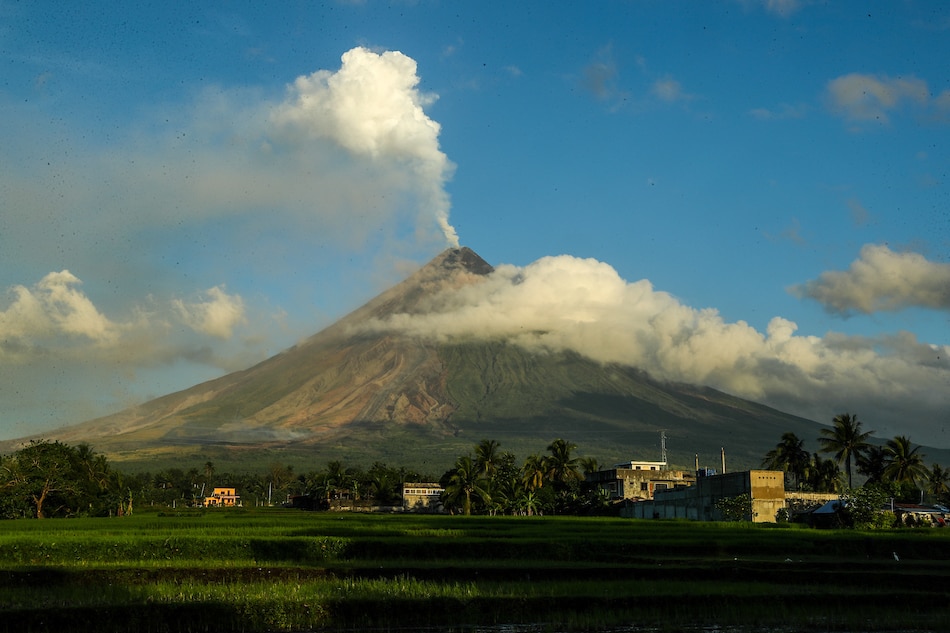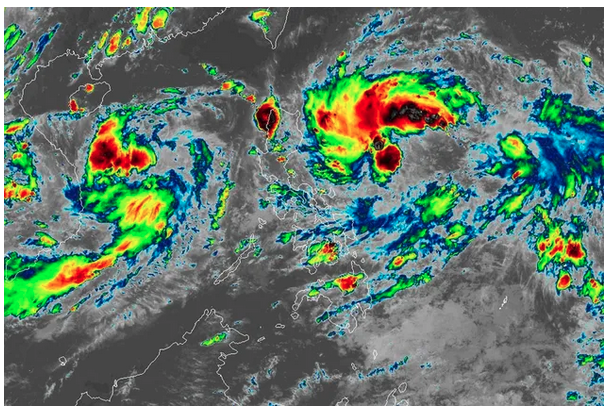"DOST-PHIVOLCS is raising the Alert Level of Mayon Volcano from Alert Level 1 (abnormal) to Alert Level 2 (increasing unrest)," it said in a 3 p.m. bulletin.
The second alert out of a 5-level system "means that there is current unrest driven by shallow magmatic processes that could eventually lead to phreatic eruptions or even precede hazardous magmatic eruption," Phivolcs said.
It said Mayon Volcano's lava dome has increased in volume by approximately 48,000 cubic meters since August 20, 2022, a day before state volcanologists raised its alert level to 1 from 0.
"Ocular inspection of the summit during an aerial survey this morning (October 7) confirmed the presence of freshly extruded lava at the base of the summit lava dome," it said.
Phivolcs advised the public to be vigilant and refrain from entering the volcano's 6-kilometer-radius permanent danger zone to "minimize risks from sudden explosions, rockfall, and landslides."
"In case of ash fall events that may affect communities downwind of Mayon’s crater, people should cover their nose and mouth with [a] damp, clean cloth or dust mask," it added.
On Wednesday, a Phivolcs official confirmed on Viber that there was a "faint crater glow" at the Mayon Volcano, which was observable only through the telescope.
Mayon is located in Albay and is the most active of the Philippines' volcanoes. It last erupted in 2018.
Minutes after it released the bulletin on Mayon, Phivolcs also announced that there was an increase in activity at the Bulusan Volcano, which is located in Sorsogon, south of Albay.
Phivolcs said it recorded heightened seismic activity and short-term ground deformation at the volcano, including emissions of white steam-laden plumes over its crater and northwest vents.
However, Phivolcs maintained the Alert Level 0 (Normal) over the Bulusan Volcano, saying it is subject to change should current activity persist.
"Local government units and the public are reminded that entry into the 4-kilometer radius Permanent Danger Zone (PDZ) should be prohibited," Phivolcs said.
"People living within valleys and along river/stream channels especially on the southeast, southwest and northwest sector of the edifice should be vigilant against sediment-laden stream flows and lahars in the event of heavy and prolonged rainfall," it also said.
Full story here: https://tinylinkurl.com/jjYEl







Comments
Authentication required
You must log in to post a comment.
Log in